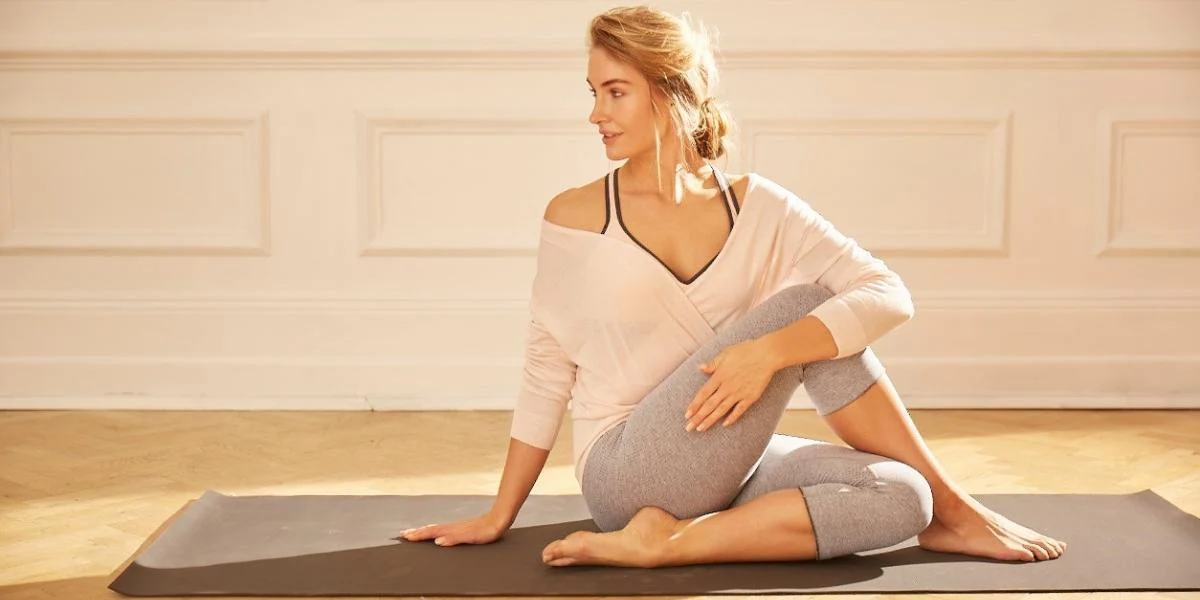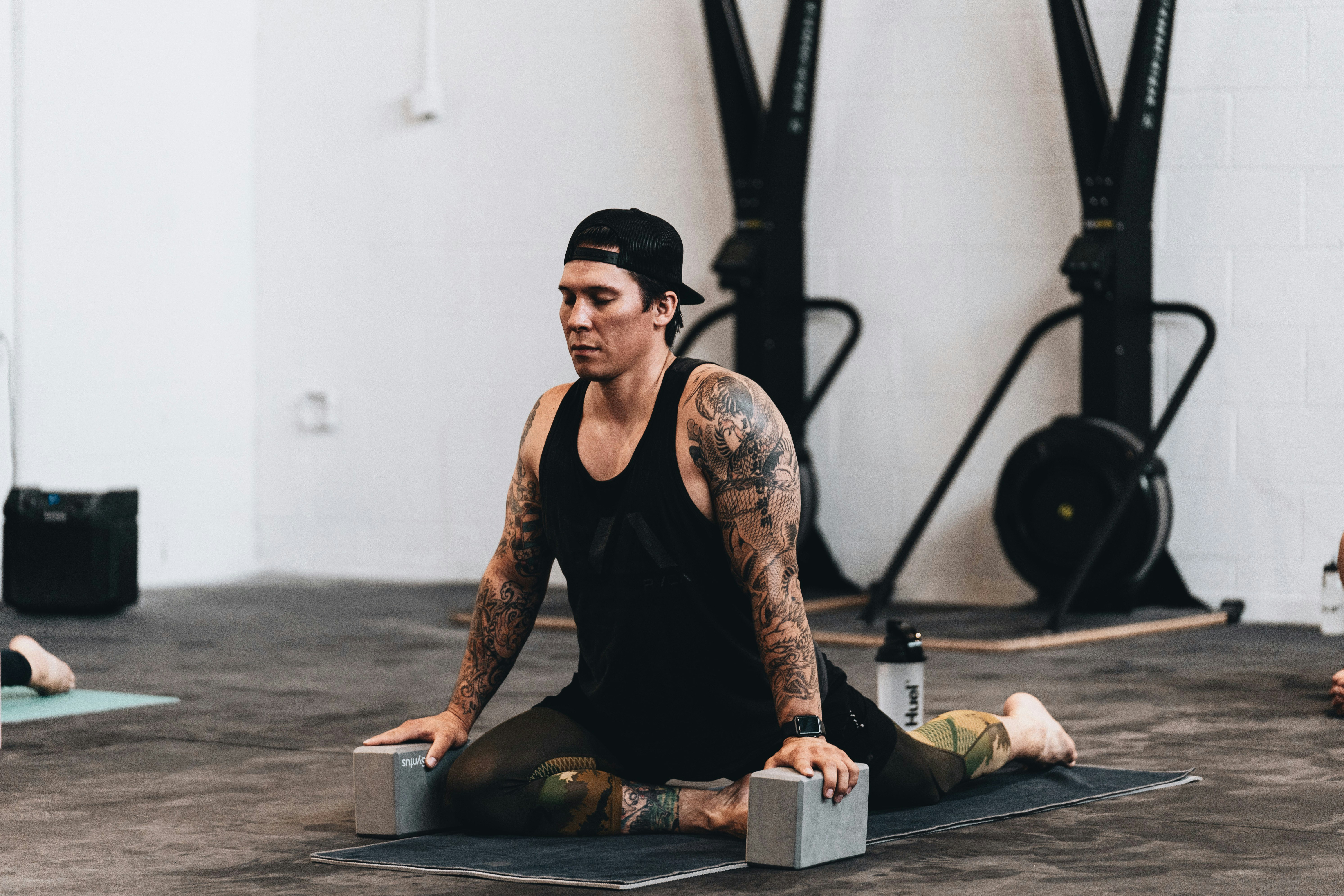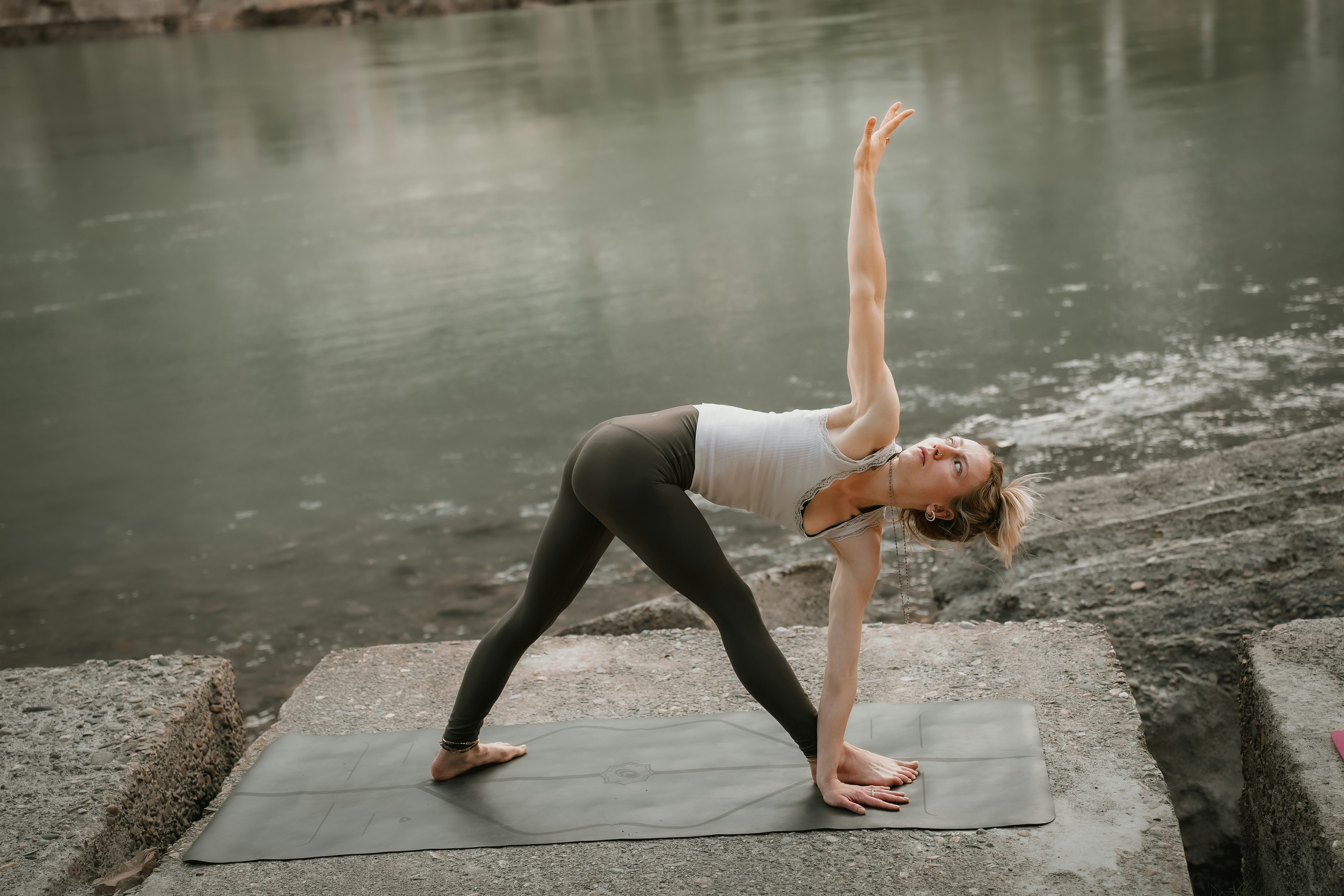Practice
Yoga for Healthy Knees

Knee health is something that many of us don’t often think about until we start feeling discomfort or pain. As someone who practices yoga regularly, I’ve found that yoga offers numerous benefits not only for mental clarity and flexibility but also for maintaining healthy knees. Through my practice, I’ve learned that a consistent yoga routine can strengthen the muscles around the knees, improve joint mobility, and help alleviate existing pain. Yoga for healthy knees isn’t just about flexibility – it’s a holistic approach to knee care that can provide long-term relief and injury prevention.
The Importance of Knee Health
The knees are one of the most important joints in our body, supporting us through activities such as walking, running, sitting, and standing. Our knees bear the weight of our body and facilitate a wide range of movements, which makes them susceptible to wear and tear over time. Whether it’s due to aging, injury, or overuse, many of us eventually experience knee pain that can interfere with daily life.
When I first started practicing yoga, I didn’t realize how much it could benefit my knees. At first, it was all about gaining flexibility and strength, but over time, I began to notice that yoga had a more profound impact on my joint health. By focusing on proper alignment, strengthening the muscles around the knee joint, and improving flexibility, yoga has allowed me to maintain and even improve the health of my knees. Through yoga for healthy knees, I have found a safe, natural way to prevent discomfort and promote long-lasting joint health.
Alignment: A Key Element for Knee Health
One of the most important lessons I’ve learned through yoga is the significance of alignment. Many knee issues arise from improper alignment during daily activities or exercise. If your knees are not properly aligned during movements, it can put unnecessary stress on the joint, leading to pain, discomfort, and even injury. Yoga emphasizes the importance of alignment, not only for the knees but for the entire body.
For example, in standing poses such as Warrior I or Warrior II, there is a clear focus on making sure the knee is aligned with the ankle. If the knee collapses inward or overextends beyond the toes, the risk of injury increases. In these poses, I’ve learned to focus on making sure my knee is tracking in line with my toes, which ensures the force is distributed evenly and prevents undue pressure on the knee joint. Proper alignment in yoga for healthy knees helps reduce strain and maintain stability in the knees.
Strengthening the Muscles Around the Knees
A major factor in maintaining knee health is strengthening the muscles around the joint. In yoga, I’ve come to realize that the strength of the quadriceps, hamstrings, calves, and hip muscles is crucial for supporting the knee joint. These muscles act as a protective buffer for the knee, absorbing shock and providing stability during movement.
A few of my favorite poses to strengthen the muscles around the knees include Chair Pose (Utkatasana), which targets the quads, and various lunges, which engage the glutes, quads, and hamstrings. As I hold these poses and deepen my breath, I not only build strength but also develop endurance in the muscles that support the knee joint. Over time, I’ve noticed that my knees feel more stable, and I experience less discomfort, even after engaging in high-impact activities like running or hiking.
The strength gained through yoga is also functional – meaning that it helps support the knees in all kinds of movements, from walking up stairs to bending down to pick something up. By strengthening the muscles surrounding the knee joint, yoga can reduce the likelihood of knee injuries, like sprains or strains, and improve overall mobility.
The Role of Stretching in Knee Health
While strength is essential, flexibility plays an equally important role in maintaining healthy knees. Tight muscles, particularly in the hamstrings, calves, and hip flexors, can place undue pressure on the knee joint, leading to discomfort and restricted movement. Stretching is a key component of yoga for healthy knees, and I’ve found that incorporating stretches into my practice has improved both the flexibility of my muscles and the range of motion in my knees.
One of the most beneficial stretches for knee health is the Downward-Facing Dog (Adho Mukha Svanasana). This pose stretches the hamstrings, calves, and back, which helps alleviate tightness in the legs and reduces pressure on the knees. Another great stretch is the Seated Forward Fold (Paschimottanasana), which targets the hamstrings and allows the body to relax into a deeper stretch over time. I make sure to practice these stretches regularly, especially after intense physical activity, to maintain flexibility in my legs and keep my knees feeling loose and mobile.
I’ve also found that gentle stretches, such as Child’s Pose (Balasana), can be extremely helpful for relieving tension in the knees. This pose offers a restorative way to relax and stretch the legs, providing a gentle release for any built-up tightness.
Managing Knee Pain Through Modifications
If you’re experiencing knee pain or discomfort, yoga can still be an incredibly helpful tool. I’ve worked with many students who have dealt with knee injuries or conditions such as arthritis, and yoga has been a key part of their recovery. The key is to listen to your body, modify poses when necessary, and avoid pushing beyond your limits.
For example, if I experience any knee pain during my practice, I modify poses to avoid deep bends or intense pressure on the knee. For instance, instead of doing deep lunges, I may practice a gentler version of the lunge with a shorter stance. Additionally, using props such as yoga blocks or blankets can provide extra support and cushioning, helping to take the strain off the knees during certain poses.
It’s also important to avoid any movements that cause discomfort or pain. If a pose feels wrong or causes strain on the knees, it’s best to modify it or skip it altogether. Yoga is all about cultivating awareness and respecting your body’s limitations, which is why modifications are an essential part of yoga for healthy knees.
The Long-Term Benefits of Yoga for Knee Health
Through consistent practice, I’ve noticed that yoga for healthy knees isn’t just about addressing short-term discomfort – it’s a long-term strategy for maintaining joint health. By regularly practicing yoga, focusing on alignment, strengthening muscles, and improving flexibility, I’ve been able to reduce my risk of injury and enjoy greater freedom of movement.
Incorporating knee-friendly yoga poses into my routine has helped me maintain the strength and flexibility needed to stay active and pain-free. Over time, I’ve seen the benefits in not just my knees, but in my overall physical and mental well-being. Yoga is a lifelong practice, and by committing to it, we can ensure that our knees remain healthy and functional for years to come.
Conclusion
Yoga for healthy knees is a powerful and holistic approach to joint care. It’s not just about relieving pain in the moment, but about creating long-lasting strength, flexibility, and alignment that can protect the knees from future injury. Through my own experience, I’ve discovered that a consistent yoga practice is key to maintaining healthy knees – whether you’re managing existing knee pain or simply looking to prevent future issues. By focusing on proper alignment, strengthening the muscles around the knees, and incorporating stretches, yoga offers a comprehensive way to promote knee health for a lifetime.










